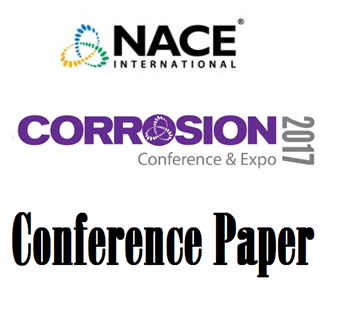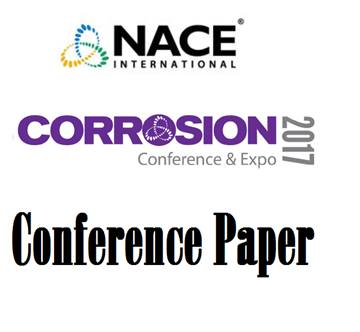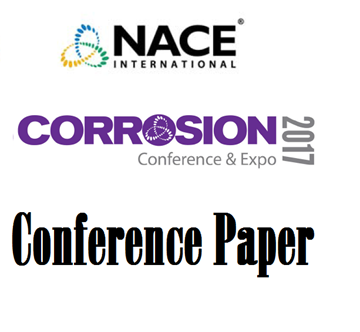Search
Corrosion Monitoring and Control
View as
Sort by
Display
per page
Using Digital Image Correlation to Improve Stress-Corrosion Cracking Evaluation by NACE TM0177-B
Product Number:
51317--8992-SG
ISBN:
8992 2017 CP
Publication Date:
2017
$20.00
Using Portable Material Property Devices for Pipe Grade Determination
Product Number:
51317--9267-SG
ISBN:
9267 2017 CP
Publication Date:
2017
$20.00
Using Ultrasonic Technique to Determine Fitness for Service of FRP Equipment for Chemical Handling Applications
Product Number:
51317--8861-SG
ISBN:
8861 2017 CP
Publication Date:
2017
$20.00
Utilizing Corrosion Damage Morphology As An Indicator Of Microbiologically Influenced Corrosion (MIC) In Oilfield Waters
Product Number:
51322-17687-SG
Publication Date:
2022
$20.00
Very High Strength Low Alloy Steels For HPHT Applications
Product Number:
51322-17721-SG
Publication Date:
2022
$20.00
Viscous Elastic Coating and Sealants: How they are unique and different from conventional corrosion prevention coatings
Product Number:
41213-747-SG
Publication Date:
2013
$20.00
Waterborne Acrylic Latex Coatings for Marine Topside Applications
Product Number:
41212-699-SG
Publication Date:
2012
$20.00
Waterproofing Membranes: A Vital Component of the Bridge of the Future
Product Number:
41206-257-SG
Publication Date:
2006
$20.00
Wear Performance Evaluation Of Chrome Carbide Overlays (Ccos)
Product Number:
51322-17748-SG
Publication Date:
2022
$20.00
Well Casing Cathodic Performance Review - Case Studies
Product Number:
51322-17688-SG
Publication Date:
2022
$20.00
What Happens to Zinc Under Hot Insulation?
Product Number:
41215-883-SG
Publication Date:
2015
$20.00
Why Are Glutaraldehyde/Quaternary Ammonium Biocides So Common In The Oil And Gas Industry?
Product Number:
51322-17640-SG
Publication Date:
2022
$20.00












